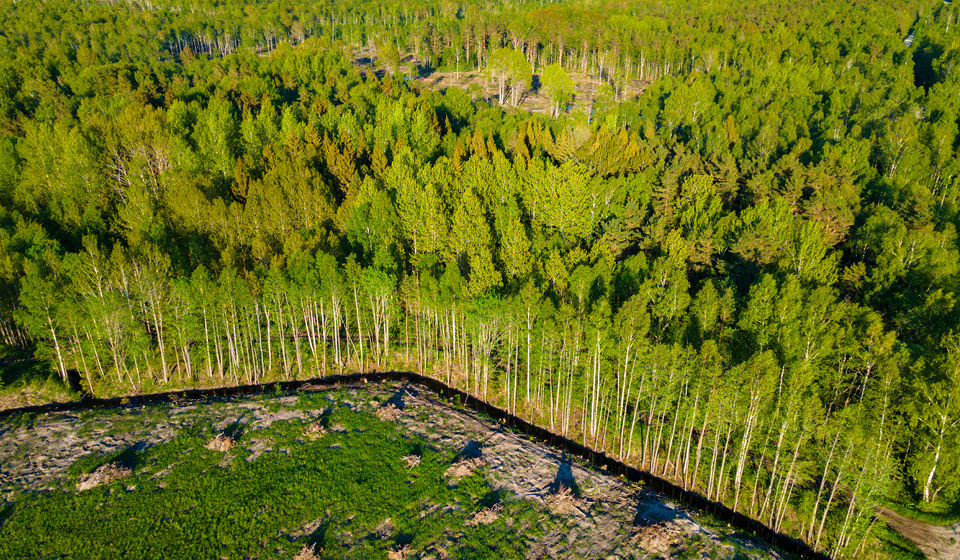
The Federal Council has adopted the dispatch on the indirect counter-proposal to the biodiversity initiative. In order to secure the habitat for animals and plants, sufficient protected area is to be created and networked.
The supporting association "Yes to more nature, landscape and building culture" submitted the popular initiative "For the future of our nature and landscape (biodiversity initiative)" on 8 September 2020. It calls for greater protection of biodiversity and landscapes. By amending the Federal Constitution, the initiative's goal is to obligate the federal government and cantons to better protect biodiversity, the landscape and the architectural heritage. It calls for more land and increased public funding for biodiversity.
Counter-proposal also takes into account energy policy objectives
It is clear to the Federal Council, that biological and landscape diversity must be protected and promoted. However, the initiative is too strict, as it would excessively restrict the scope of action of the Confederation as well as the cantons. Due to the recognised need for action, the Federal Council is opposing the initiative with an indirect counter-proposal, for which it adopted the dispatch at the beginning of March 2022 for the attention of parliament. According to the Federal Office for the Environment FOEN, this indirect counter-proposal also takes into account the Federal Council's energy policy objectives.
Target of 17% national area for the protection of biodiversity to be included in the law
The indirect counter-proposal focuses on securing the necessary space for animals and plants. For this, the Federal Council wants to anchor 17% of the national territory for the protection of biodiversity in federal law. The Federal Council already oriented itself towards this goal in 2012 with its Swiss Biodiversity Strategy. Currently, the proportion of these protected areas in Switzerland is 13.4%. By anchoring the 17% target in law, the Federal Council is strengthening its mandate to secure the necessary area for biodiversity in all parts of the country and for all habitat types. This goal can be achieved, for example, by supplementing and expanding regional and local biotopes and by expanding forest reserves, which is already underway. In addition, the existing national protected areas are to be rehabilitated where necessary.
Confederation and cantons must safeguard ecological infrastructure
All of these core areas are part of the so-called ecological infrastructure, a central element for the protection of species and habitats. They are supplemented by areas of connectivity, which ensure that species can move freely through landscapes to feed, reproduce or start new colonies. Natural watercourses and forest edges serve this purpose, as do ecologically valuable green spaces along transport infrastructures or wildlife bridges and amphibian passages. The indirect counter-proposal is intended to oblige the federal government and the cantons to further develop, secure and maintain this ecological infrastructure.
Promoting nature in cities and municipalities benefits the population
According to the FOEN, more nature in terms of quantity and quality is valuable both for biodiversity and for the well-being of the population. In this sense, the increased promotion of nature in cities and municipalities is another cornerstone of the indirect counter-proposal. Together with the cantons, measures such as natural green spaces, water bodies and green rooftops in settlements should be adopted. Cities and agglomerations will thus receive an incentive to implement more measures in favor of biodiversity.
Building culture should make Swiss settlements and landscapes more attractive
Finally, the Federal Council wants to promote the quality and attractiveness of Swiss settlements and landscapes with a comprehensive building culture. This combines the protection and preservation of the natural and cultural heritage with high-quality further development of the settlement area. Cities and municipalities should be able to adapt to new requirements while preserving their historical characteristics. In order to achieve this goal, the counter-proposal anchors the concept of a high quality building culture in federal law and strengthens cooperation with the cantons.